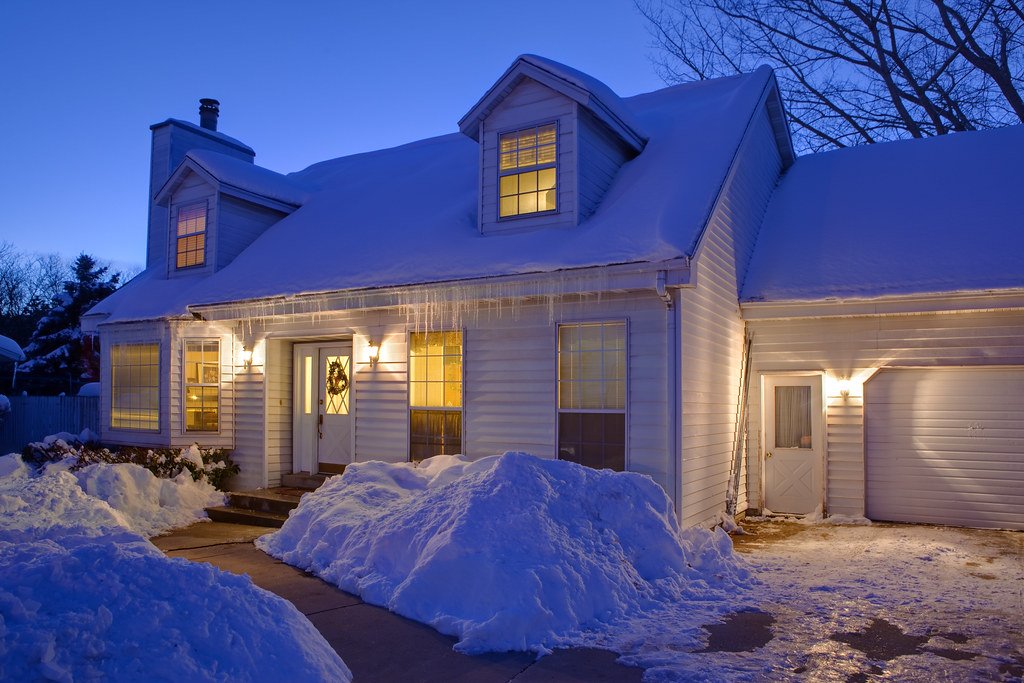As the temperatures drop and the cold winds sweep through neighborhoods, homeowners across the country start to feel the pinch of rising heating bills. While many rush to seal windows or crank up the thermostat, the real key to a warm, energy-efficient home often lies above their heads: the attic. Proper attic insulation is not just about comfort — it’s about preventing costly energy loss, maintaining a healthier home environment, and extending the life of your HVAC system. With winter around the corner, now is the best time to make sure your attic is ready.
Why Attic Insulation Matters Most in Winter

Heat Loss Through the Attic
During winter, warm air naturally rises. In a poorly insulated home, much of this heat escapes through the attic and roof. Studies show that up to 25% of a home’s heat loss can occur through an under-insulated attic. This means homeowners are paying for heat that doesn’t even stay inside their living spaces.
Rising Energy Costs
Heating already accounts for nearly half of most households’ energy bills. Combine that with national energy price increases in recent years, and an uninsulated attic becomes an expensive liability. By investing in proper insulation, homeowners can save 15–30% on energy bills, directly reducing the financial strain of winter.
Comfort Beyond Cost
Insulation is not just about saving money — it’s about creating a home where the temperature is even and consistent. Without it, rooms closest to the attic often feel drafty, cold, or uncomfortable, forcing families to rely on space heaters or constant thermostat adjustments.
The Dangers of Delaying Insulation Before Winter
Ice Dams and Roof Damage
Without proper insulation and ventilation, heat rising into the attic can melt snow on the roof. As the melted water refreezes at the edges, ice dams form, leading to roof damage, leaks, and even structural issues.
HVAC Overload
When your furnace has to work harder to replace heat lost through the attic, it runs longer and more often. This added strain shortens the lifespan of HVAC systems and increases the risk of costly repairs.
Moisture and Mold Problems
Warm air escaping into the attic can lead to condensation. Combined with poor ventilation, this moisture becomes the perfect breeding ground for mold, mildew, and even pests looking for a warm home during the winter months.
Types of Insulation for a Winter-Ready Attic
Blown-In Insulation
Blown-in insulation, often made of cellulose or fiberglass, is one of the most effective methods for quickly covering an attic. Its ability to fill gaps and crevices ensures better coverage than batt insulation.
Batt Insulation
Batt insulation (rolled fiberglass or mineral wool) is cost-effective but less effective at sealing air leaks. It works best in new builds or in combination with other methods.
Spray Foam Insulation
For attics with complex layouts or significant air leakage issues, spray foam can provide both insulation and air sealing in one application. While more expensive, it delivers maximum efficiency.
How to Know if Your Attic Needs More Insulation Before Winter
- Visible Joists: If you can see the attic floor joists, your insulation is too thin.
- Drafts and Uneven Temperatures: Rooms under the attic feel colder than the rest of the house.
- High Heating Bills: Energy costs spike compared to similar homes or past winters.
- Old Insulation: If the insulation is decades old, compacted, or discolored, it may no longer be effective.
Steps to Prepare Your Attic for Winter
1. Schedule an Attic Inspection
The first step is a professional inspection to measure your current insulation levels and identify gaps, air leaks, or ventilation issues.
2. Seal Air Leaks
Even the best insulation won’t perform well if there are gaps letting warm air escape. Sealing around recessed lighting, attic hatches, vents, and wiring holes is critical.
3. Add or Replace Insulation
Based on your region, professionals will recommend the right R-value (resistance to heat flow). The U.S. Department of Energy generally recommends R-38 to R-60 for attics in colder climates.
4. Ensure Proper Ventilation
Balanced intake and exhaust ventilation prevents moisture buildup and keeps your attic functioning properly through winter.
5. Protect Against Moisture
A vapor barrier may be needed in certain climates to prevent condensation issues. Your contractor can advise whether this is necessary for your home.
The Benefits of Winter-Ready Attic Insulation
Lower Heating Bills
With proper insulation, you’re no longer paying to heat the outdoors. This translates into significant monthly savings that add up year after year.
Extended HVAC Lifespan
Your furnace and heating system won’t have to run nonstop, reducing wear and tear and extending the life of expensive equipment.
Comfort for the Whole Family
No more drafty bedrooms or freezing hallways. A well-insulated attic keeps every room cozy, no matter how low the temperature drops outside.
Home Protection
Preventing ice dams, mold, and roof damage helps preserve the long-term integrity and value of your home.
Why Winter is the Right Time to Act
Seasonal Urgency
Many homeowners only think about insulation once their bills spike in December or January. By then, insulation contractors are booked out, and damage from ice dams may already be underway. Acting before winter hits ensures your home is ready.
Incentives and Discounts
Many local utilities and contractors offer rebates, financing, or seasonal discounts for insulation upgrades in the fall, helping you save on upfront costs while preparing for winter.
Final Thoughts
When winter arrives, a poorly insulated attic is more than just an inconvenience — it’s a source of wasted money, discomfort, and potential damage. By investing in proper insulation before the cold weather sets in, homeowners not only save on heating costs but also create a safer, healthier, and more comfortable home environment. Winter doesn’t have to mean freezing bedrooms or skyrocketing bills. With the right attic insulation, it means warmth, efficiency, and peace of mind.
